AI in Insurance
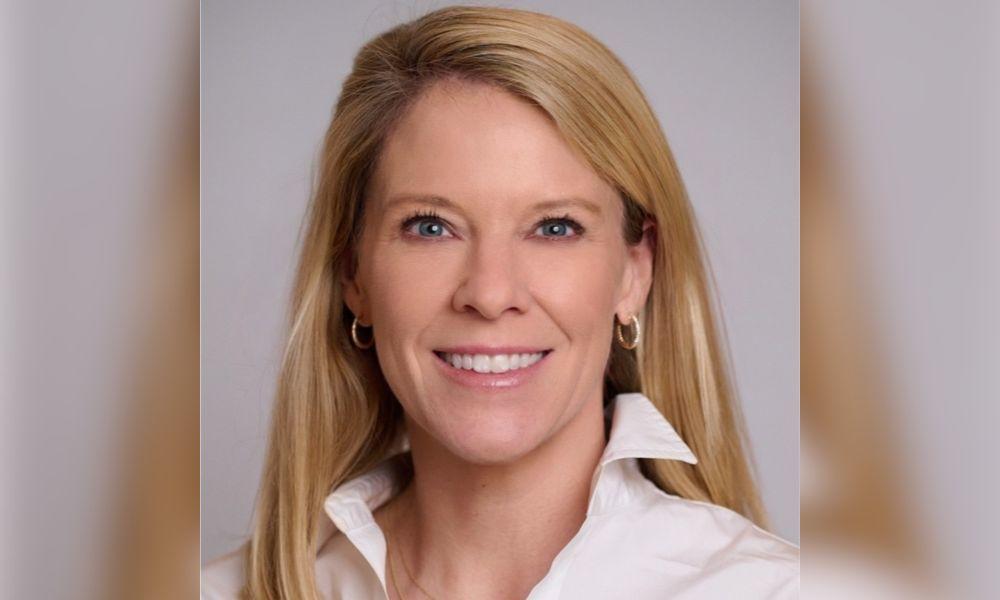
AI will define insurance's future, but coverage is still catching up
Artificial intelligence will shape the future of most industries, yet the insurance sector still lacks clarity on how losses will be picked up and priced.
According to Andrea Ward (pictured), senior vice president, casualty, at CRC Insurance Services, the market is underestimating AI as a risk. Despite those uncertainties, she remains optimistic about AI’s long-term contribution.
“We don’t know what we don’t know. (AI) is evolving day in and day out,” Ward told Insurance Business ahead of a panel discussion on AI at the Women in Insurance Los Angeles Summit.
“Until we’re really clear on exactly how insurance is going to pick up these claims, it’s going to be a struggle to utilize it in the manner that it should be,”
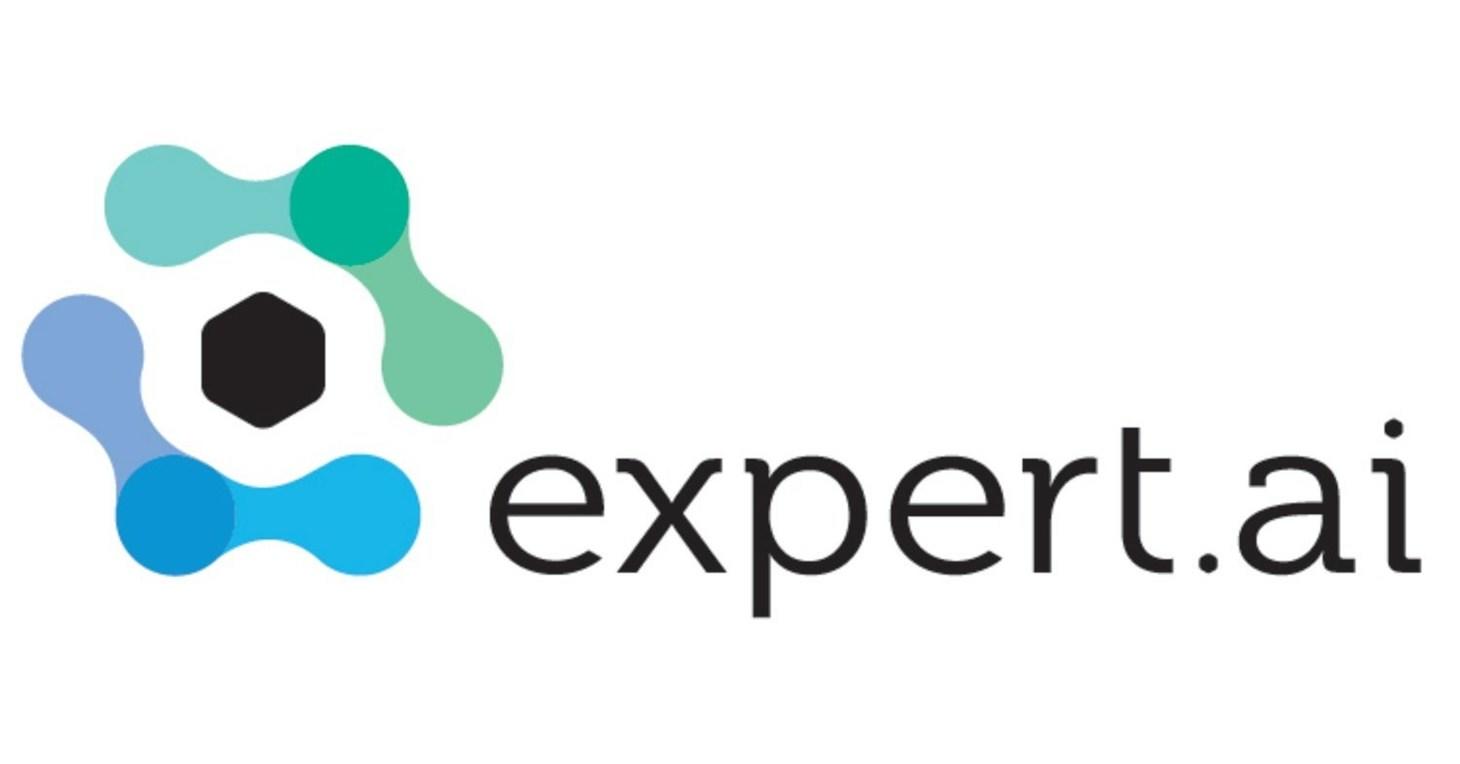
Expert.ai Strengthens Its Offering for the Insurance Industry with Advanced AI Solutions
Expert.ai, a leading provider of enterprise artificial intelligence solutions for business value creation, today announced significant enhancements to its insurance solutions available through the EidenAI Suite.
The updates further strengthen Expert.ai's position as the trusted AI partner for insurers, MGAs, brokers and TPAs, delivering measurable value across core insurance functions and helping organizations accelerate processes, reduce risk and enable scalability across operations.
The improved offering includes three specialized solutions that deliver measurable value across core insurance functions. All are available as turnkey and highly customized deployments with built-in governance and monitoring capabilities to ensure safe, transparent and compliant adoption of AI:
AI-Powered Underwriting: EIX-Underwriting leverages its proven Hybrid AI approach to streamline data extraction from unstructured documents and risk evaluation, ensuring scalable performance even during peak demand periods.
Claims Automation: Designed to eliminate bottlenecks in high-volume, document-intensive claims environments, Expert.ai's EIX-Claims Automation solution intelligently classifies and extracts critical data from incoming documents, speeding resolutions, reducing leakage, and improving customer satisfaction. The solution includes legal demand identification and medical summarization.
Policy Servicing Automation: Through EIX-Policy Servicing, Expert.ai helps teams automate workflows, such as endorsement, audit and renewal processing, end-to-end, while enhancing compliance, reducing operational costs and improving service delivery with intelligent, auditable processes.
"Insurers are under tremendous pressure to process more data, faster, while keeping costs and risks in check," said Nick Carter, Senior Director at Expert.ai.
Commentary/Opinion
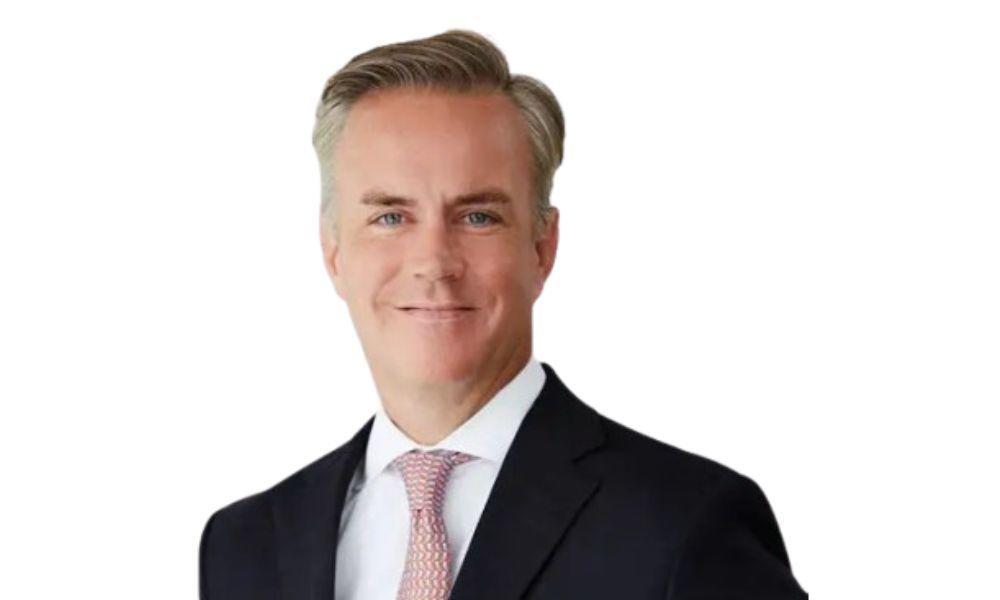
Triple-I defends risk-based pricing, warns against government intervention
The Insurance Information Institute (Triple-I) has released an Issues Brief that addresses misconceptions about risk-based pricing in property and casualty insurance and cautions against government intervention that could impact consumers.
Risk-based pricing is a core insurance principle that involves offering different prices for the same coverage based on risk factors unique to each customer, vehicle, or property. This method allows insurers to provide the lowest possible premiums to policyholders with favorable risk profiles while maintaining sufficient resources to pay claims for all customers.
Sean Kevelighan (pictured), CEO of Triple-I, said, "Without risk-based pricing, lower-risk consumers would end up subsidizing riskier ones." He noted that this would lead insurers to "overcharge some customers and undercharge others, putting the companies’ financial stability – and their ability to pay claims – at risk."
The report notes that confusion can arise when actuarially sound rating factors overlap with other characteristics, which some critics view as unfair. There have been concerns about the use of credit-based insurance scores, location, and other individual risk factors in setting premiums. Triple-I's analysis points to data supporting the use of these factors.
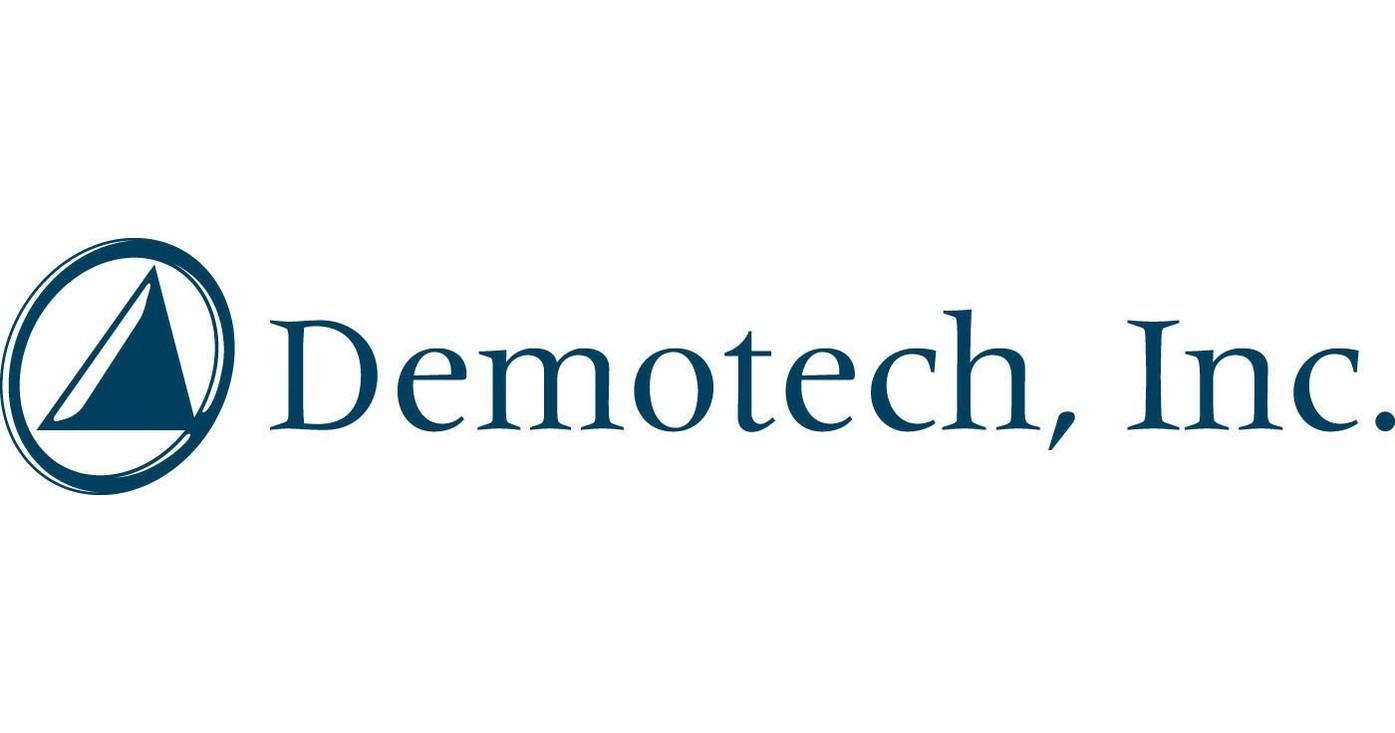
Independent Regional and Specialty Insurers Have Addressed Availability and Affordability for Centuries Including Residential Property Insurance, According To Demotech
Having recently discussed the role of independent, regional and specialty carriers at the Casualty Loss Reserve Seminar in Philadelphia in September of 2025, it was made clear that national insurance brands dominate online ads as well as TV and radio advertising.
This may lead some to believe that "bigger is better." Yet, as of year-end 2024, in a property and casualty (P&C) insurance industry reporting to the National Association of Insurance Commissioners of 2,623 insurers, only 75 had $250,000,000 of surplus, wrote $250,000,000 of direct and net premium in 2024, had no line of business at or above 90% of total direct written premium, and wrote at least a $1,000,000 in 45 or more states. That is correct, only 2.9% of the P&C insurance industry is referenced as "Nationals" in Demotech's P&C Company Classification System.
Although some prefer larger, well-known insurers to provide all coverages to all policyholders, the reality is that many of these "larger, well-known insurers" take their capacity off the table when market conditions are less than optimal, from their perspective. For example, in the mid-1980s, the unavailability and unaffordability of liability insurance led to the passage of the Federal Liability Risk Retention Act. According to the website of the National Risk Retention Association, certain businesses and professions faced escalating liability insurance premiums and limited availability, particularly for products liability. This situation resulted in certain general and professional liability insurance coverages being unavailable as well as unaffordable.
Congress responded by enacting the Products Liability Risk Retention Act (PLRRA) in 1981. In 1986, given the success of PLRRA, all forms of liability insurance became eligible to be offered through risk retention groups, with the passage of the Liability Risk Retention Act (LRRA).READ ON
News

Analysis: State Farm Bolsters Surplus by Freeing Up Billions in Loss Reserves
Despite devastating California fires causing upward of $40 billion in losses for U.S. property/casualty insurers, the industry still managed an underwriting profit of $11.6 billion in the first half of the year.
Every penny of it came from beneficial adjustments of loss reserves for business written in prior years, and 40 percent of those adjustments came from a single company: State Farm Mutual Automobile Insurance Company (SFMA).
Each quarter, insurance company actuaries and executives examine the latest claims patterns and other factors to reassess reserves previously set aside to pay future claims. If losses are projected to exceed original forecasts, known as being in a “deficient” position, they will increase reserves. If recent trends suggest lower-than-expected future losses, known as “redundancy,” reserves will be reduced. Reserve adjustments flow directly to the bottom line as net losses (for reserve additions to repair deficiencies) or net profit (for reserve reductions to shrink redundancy).FULL ARTICLE
Research
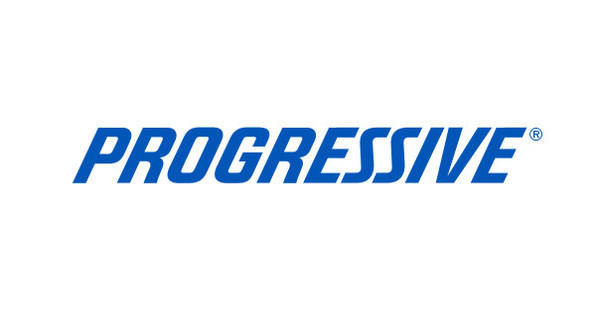
Paving the Way: Insights from Recent Driver's Education Study Uncovers Key Opportunities for Parents and New Drivers
As part of its commitment to driving progress on the road, Progressive Insurance® surveyed 513 new drivers aged 18 to 25 who got their license in the last five years to understand what was most effective in preparing them for the road. The results suggest that the key to building driver confidence and competency is supervised practice time. Experts say that more hours practicing behind-the-wheel with either a professional instructor or a licensed adult is essential to improving safety rates for teen drivers.
The survey is being released in time for National Teen Driver Safety Week this Oct. 19-25, which raises awareness of the driving dangers teens face. According to the National Highway Transportation Safety Administration, traffic crashes are a leading cause of death for kids aged 15 to 18.
One study found that regular, more frequent supervised driving practice hours reduced crashes among new teen drivers by 39%. Cathy Chase, President of Advocates for Highway and Auto Safety, says that the classroom instruction in driver's ed builds a strong foundation, and that coupled with increased supervised driving practice is a proven tactic for preparing young drivers. Her organization is encouraging states to adopt 70 practice hours as a standard to improve road safety.
Key survey findings:
- 65% of respondents took driver's ed because their state required it.
- Drivers who obtained their license at 16 were more likely than drivers who obtained their license between 17 and 21 to spend 41-60 hours driving with supervision, which reflects current state graduated driver licensing (GDL) program requirements.
- A majority of drivers who took driver's ed felt prepared for the basic rules of the road (56%) and driver safety (50%), but 30% felt less prepared to drive on the highway, and 22% for avoiding accidents and understanding situational collision scenarios.PRESS RELEASE
Telematics, Driving & Insurance

Cambridge Mobile Telematics Partners with TransUnion to Empower Drivers to Monitor, Manage and Get Rewarded for Safer Driving - Cambridge Mobile Telematics
Cambridge Mobile Telematics Inc. (CMT), the world’s largest telematics service provider, and TransUnion (NYSE: TRU) announced today a strategic alliance that enables the launch of portable consumer driving scores.
These consumer-controlled scores hold the power to transform insurance shopping by enabling drivers to monitor, manage, and demonstrate their safe driving behavior for access to the best possible insurance rates at the moment of quote. The alliance brings together CMT’s global leadership in telematics and TransUnion’s purpose of enabling consumers and organizations to transact with confidence to create a breakthrough in how driving risk is measured, shared, and rewarded.
TransUnion and CMT will provide consumers with data transparency and educational resources to monitor and improve their driving behavior. For the first time, drivers will be able to view their own driving behavior, improve it through real-time feedback and coaching, and carry a score they can use to help access the personalized auto insurance coverage. Regulated under the Fair Credit Reporting Act (15 U.S.C. § 1681 et seq. “ FCRA”), portable consumer driving scores will give consumers some of the same protection they have with their credit scores, while empowering them to benefit directly from their safe driving behavior.
For insurers, the portable consumer driving scores will help provide a powerful tool to understand risk instantly at the point of quote. Instead of building their own try-before-you-buy telematics programs that require drivers to enroll and complete trial periods, insurers will be able to gain immediate visibility into driving risk and the ability to deliver personalized pricing from the start. Because the score will be compatible with CMT-powered, usage-based insurance programs, insurers can deliver a more seamless end-to-end experience and tap into a broader, more engaged audience of safe drivers.
[CONTINUED][https://www.cmtelematics.com/news/cambridge-mobile-telematics-partners-with-transunion-to-empower-drivers-to-monitor-manage-and-get-rewarded-for-safer-driving/)
Financial Results

Marsh McLennan reports Q3 revenue growth as major rebrand looms
Marsh McLennan reported consolidated revenue of $6.4 billion for the third quarter ended September 30, 2025, marking an 11% increase from the same period last year, or 4% on an underlying basis.
Operating income reached $1.2 billion, up 6%, while adjusted operating income, which excludes certain items and intangible amortization, rose 13% to $1.4 billion. Net income attributable to the company was $747 million, with earnings per share at $1.51. Adjusted earnings per share increased 11% to $1.85.
For the first nine months of 2025, consolidated revenue totaled $20.4 billion, also up 11% on a GAAP basis and 4% on an underlying basis compared to the prior year. Operating income for the period was $5.0 billion, representing a 7% increase.
Adjusted operating income rose 11% to $5.7 billion. Net income attributable to the company stood at $3.3 billion, or $6.75 per diluted share, compared with $6.59 in the same period of 2024. Adjusted earnings per share for the nine-month period increased 9% to $7.63.
Announcements
Faster Lienholder Payments: One Inc and Copart Lead the Way in Automotive Claims Innovation
From the floor at ITC Vegas 2025, One Inc, the leading digital payments network for the insurance industry, today announced a groundbreaking collaboration with Copart, Inc. (NASDAQ: CPRT), the global leader in online vehicle auctions, to both modernize and expedite lienholder payments for total loss vehicle claims.
This collaboration integrates One Inc’s ClaimsPay® platform with Copart’s Title Express and Loan Payoff system, delivering faster, more accurate payments to lienholders while improving the claims experience for insurance carriers and their customers.
Vehicles are declared a total loss in over 20% of accidents, according to Axios. The process requires payoffs totaling tens of billions in auto loans annually from insurance companies to banks and other auto lenders. The rapid disbursement of lienholder payments dramatically improves the experience for all parties – the insured, the insurance carrier, and ultimately the bank or other lienholder.
Existing traditional paper-based processes cause significant delays, triggering a cascade of inefficiencies including slower title transfers, postponed vehicle remarketing, and mounting capital costs. These delays not only raise operational costs for insurers but also frustrate policyholders awaiting resolution on their claims.
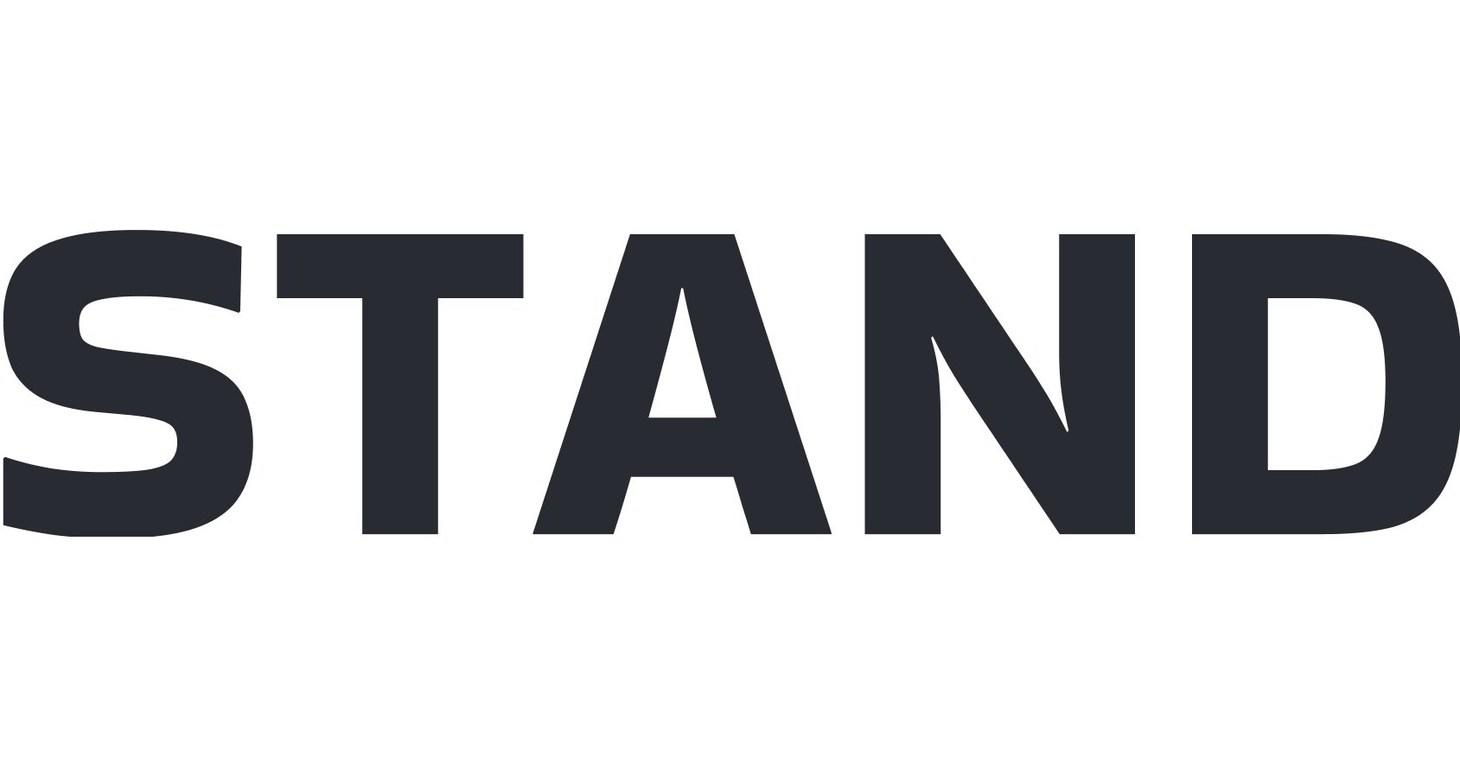
Stand Raises $35 Million Series B, Expands Into Florida to Insure the Nation's Most At-Risk Homes
Stand, the company reimagining insurance for catastrophe-exposed properties, today announced the close of its $35 million Series B funding round. The round was led by Eclipse, alongside previous investors Inspired Capital, Lowercarbon Capital, and Equal Ventures. Since its launch just over a year ago, Stand has grown rapidly, underwriting $1 billion in insured value in its first market, wildfire-exposed California.
The new funding will support Stand's expansion into Florida, one of the largest and most volatile catastrophe markets in the United States. According to NOAA, the state has experienced 94 separate billion-dollar disasters since 1980, with the last seven events alone resulting in more than $1 trillion in losses. Citizens Property Insurance Corporation, Florida's state-run insurer of last resort, currently holds nearly $300 billion in exposure, underscoring both the scale of the market and the urgent need for sustainable private capacity.
"Insurance should play a central role in creating resilient communities," says Dan Preston, co-founder and CEO of Stand. "The scale of risk in Florida demands a new model: One that links coverage to hardening homes against wind storms. That's what Stand is building. By expanding into the largest catastrophe market in the country, we're working hard to make this a reality for the world's property owners."

Insurance tech firm Exzeo eyes $2 billion valuation in US IPO
Insurance technology firm Exzeo Group said on Thursday it was targeting a valuation of up to $2 billion in its U.S. initial public offering, becoming the latest company to proceed with its listing plans despite the ongoing government shutdown.
The Tampa, Florida-based company is aiming to raise as much as $176 million in its IPO by offering 8 million shares priced between $20 and $22 apiece.
With no resolution in sight for the federal government shutdown, corporate issuers are increasingly turning to the rarely used 20-day rule to pursue IPOs.
Travel tech firm Navan and electric aircraft maker Beta Technologies have also launched their IPO roadshows in the past week.
Earlier this year, Exzeo parent HCI Group had announced its plans to pursue a spin-off of the insurance tech firm, before pivoting to an IPO.
Exzeo’s current structure is “not ideal for either valuation purposes or competitive reasons,” HCI Chief Financial Officer Mark Harmsworth had said in August.
Previously known as TypTap Insurance, Exzeo provides technology to streamline and automate the interaction between insurers and their policyholders.
TypTap Insurance had been pursuing an IPO since 2021, but shelved the plan in 2023.
Net income attributable to Exzeo stockholders was $39.6 million and revenue was $108.5 million during the six months ended June 30. That compares with a net income of $18.2 million and revenue of $60.3 million a year earlier.
Claims

Average new vehicle price now exceeds $50,000; Mitchell discusses claims volume and uptick in total losses
Mitchell on claims volumes
In a September episode of Mitchell Collision Podcast, Mitchell International Strategy and Market Intelligence Vice President Ryan Mandell spoke with Olga Yuskevych, manager of automotive and mobility for Boston Consulting Group, and Josh Meyer, vice president of strategy and innovation for LKQ Corp., about market trends affecting claims. The discussion covers claims volumes to total losses and how repairable claims could be increased.
“The problem, or the headwind in our industry, is claims,” Meyer said. “Of course, cars have gotten safer with ADAS, and ADAS do have a modest impact on the number of incidents on the road. But, at the same time, miles driven and VIO have grown every year coming out of COVID. And the headwind we face is largely due to the economics of insurance. Insurance has gotten more expensive. Deductibles have gone up, and coverage has been reduced. Thus, consumers are less likely to make an insurance claim.
“Total loss is a big factor out there, and it has grown a little bit every year. That is also eating into the repairable claims count. This is also due to increased cost of repair due to general inflation and due to vehicle and technology complexity.”
He noted that as fewer insurance claims are filed, more vehicles go unrepaired, and the efficacy of ADAS decreases over time.
“An easy example to give is a vehicle that’s not been repaired, probably doesn’t have an ADAS that’s functioning as intended,” Meyer said. “Unless maintained, ADAS efficacy erodes over time, and thus its functionality as a new vehicle is going to be very different than its functionality with a 10-year-old vehicle. And there is today no law that I’m aware of that requires ADAS to be maintained.”
